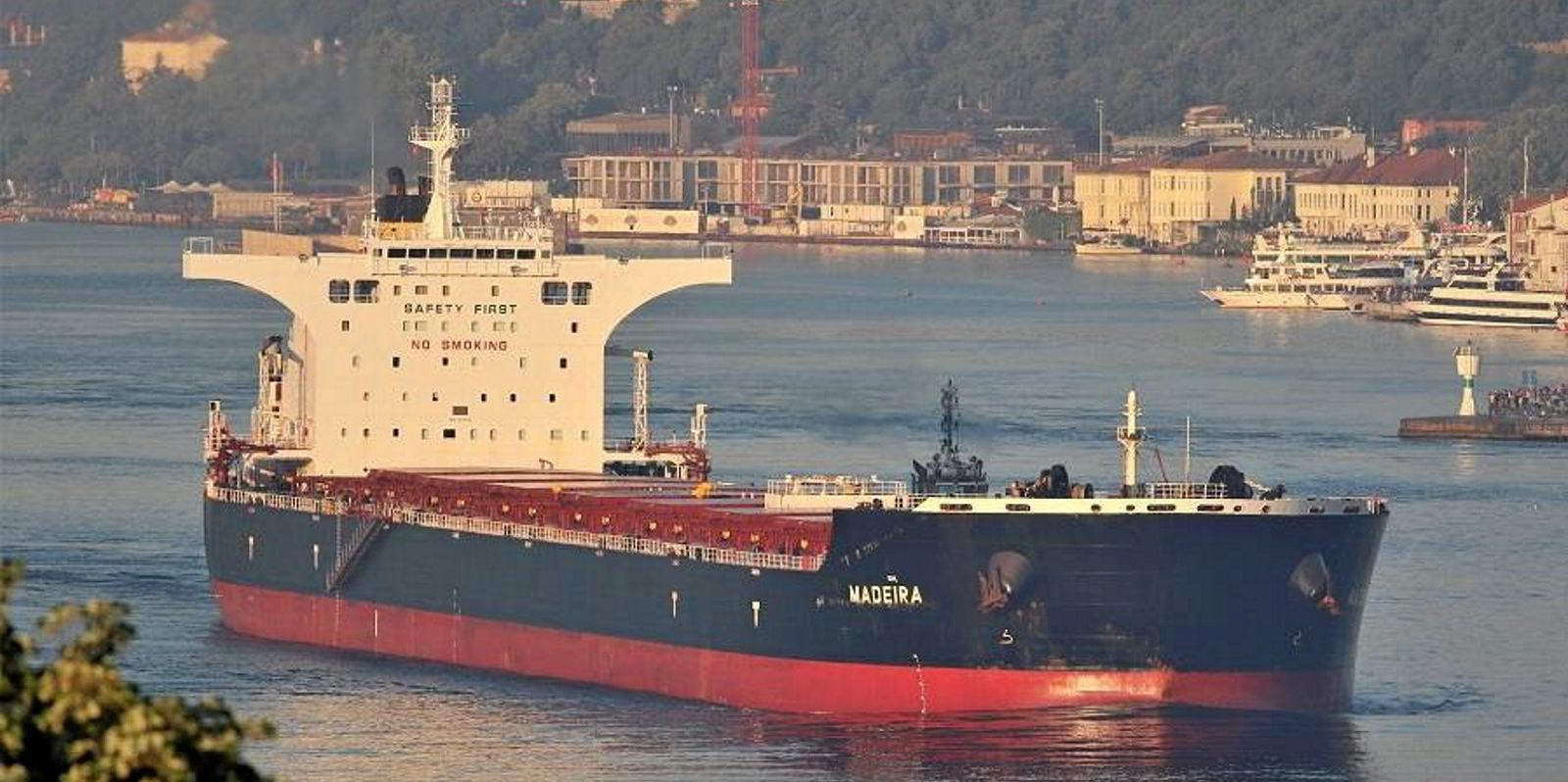The wreck of a ro-ro that sank in the Kurushima Strait in Japan’s Inland Sea after a collision could pose a pollution threat.
It may also require a costly wreck removal.
The 11,454-gt ro-ro Byakko (built 2020) sank after colliding with the 3,497-dwt tanker Ulsan Pioneer (built 2016) near Imabari City.
The ship’s master and two officers from the Byakko are still missing.
No pollution from either ship has been identified. However, the Japan Coast Guard is monitoring the site for pollution as it continues the search for the missing men.
It is unclear how much fuel and other pollutants are on board the Byakko, but the concern is that the ship could start to leak out over time.
The average depth of the Inland Sea is a shallow 38 metres and local reports indicate the wreck of the Byakko is resting at an estimated depth of 70 metres.
The owners are likely to have the option to remove pollutants or even attempt a wreck removal.
The Byakko, which is owned and managed by Japan’s Hokusei Kaiun and operated by Prince Kaiun, is not listed as having protection and indemnity cover with an International Group of P&I Clubs member.
Sources suggested it is likely to have placed its third-party liability insurance in the local fixed premium market. The Ulsan Pioneer is entered with the Steamship Mutual P&I club.
VesselsValue estimates the two-year-old Byakko is worth $31.6m. Dan Nash, VesselsValue's head of ro-ros, said the ship had been transporting auto parts and rolling cargo around the Inland Sea, where sailing conditions can be challenging.
"The Kurushima Strait is known for its fast tide and regarded as a choke point amongst sailors with notorious whirlpools. Of course, it is too early to know if this was the cause of the tragedy," he said.
Hefty claim
"A hefty claim is expected, whilst Prince Kaiun will be scouring the charter market to find a replacement."
The site of the accident is understood to be a crossing point.
The Byakko departed Kobe on Thursday afternoon and was heading west to Kanda Port in Fukuoka Prefecture when the accident happened.
The Ulsan Pioneer was heading east towards Osaka after loading a cargo in China.
The accident is likely to be taken as another example of the vulnerability of ro-ros to groundings or collisions. The Byakko sank within three hours of the accident.







